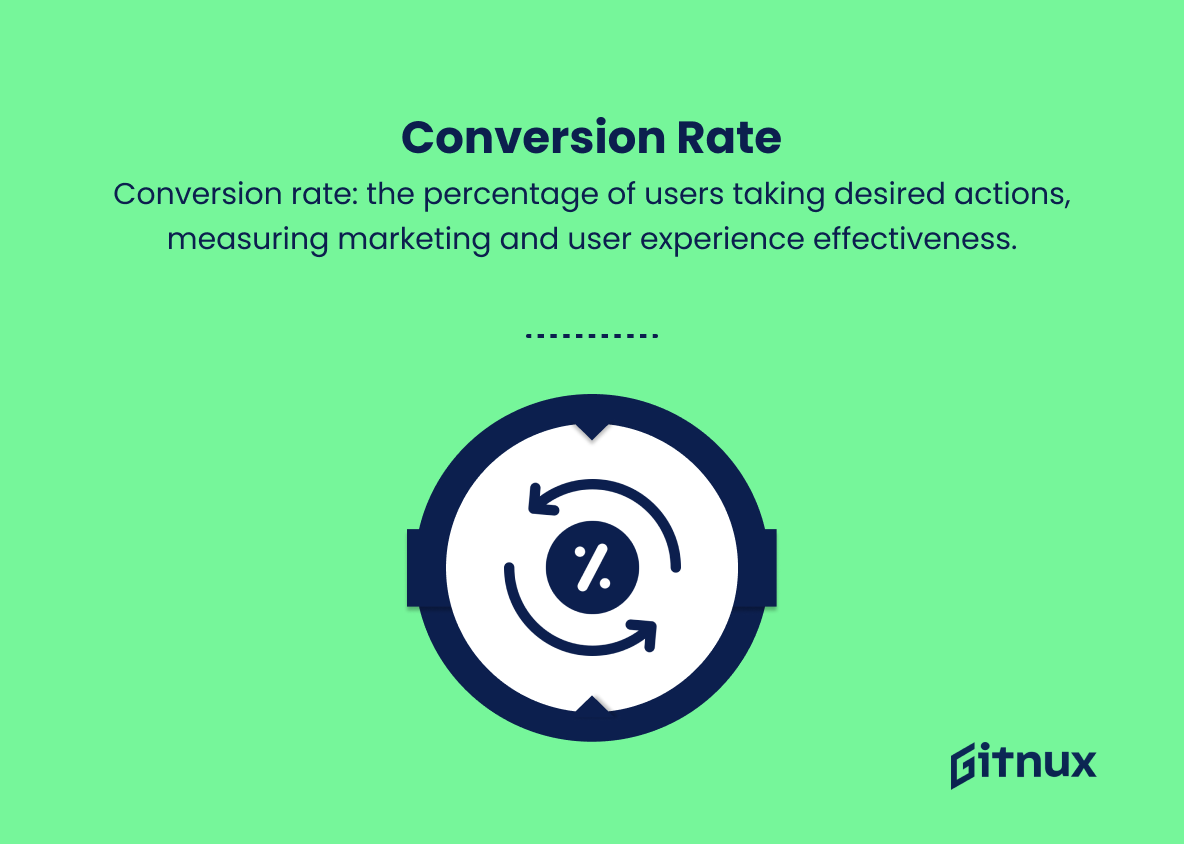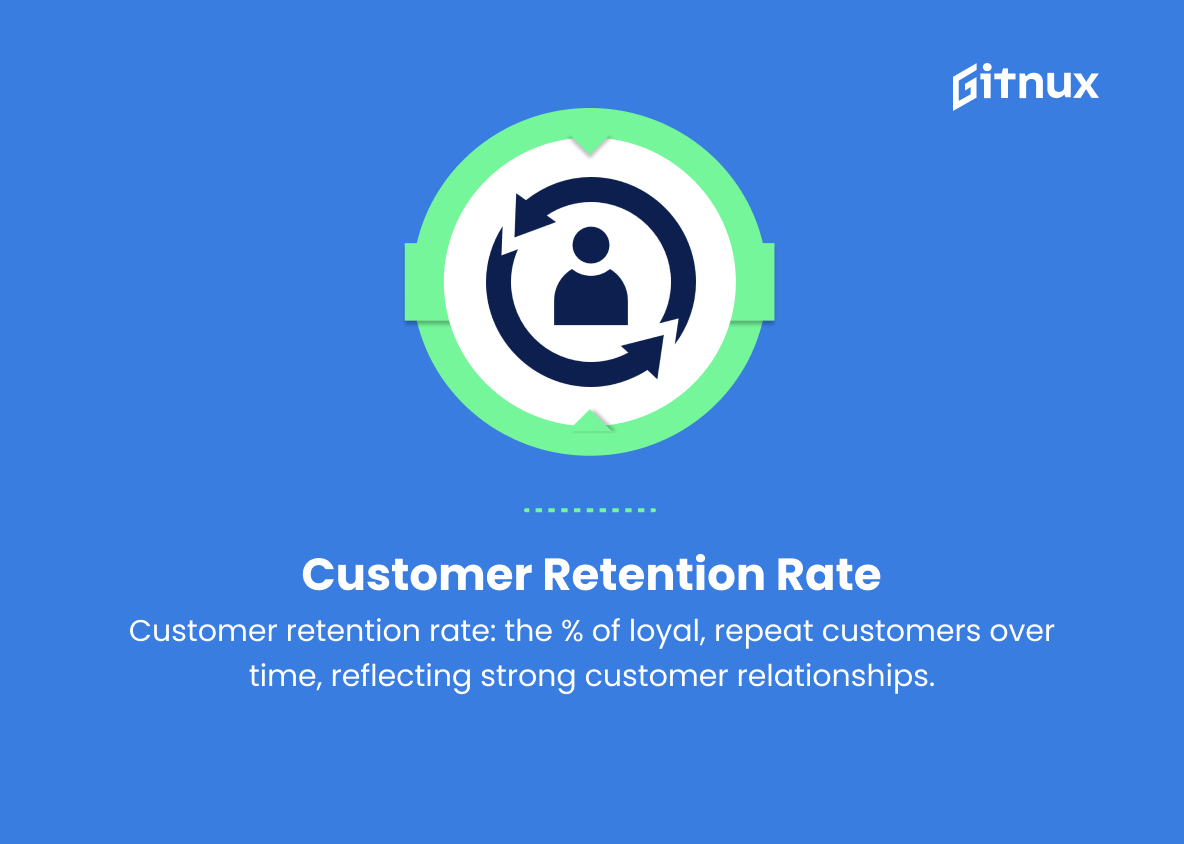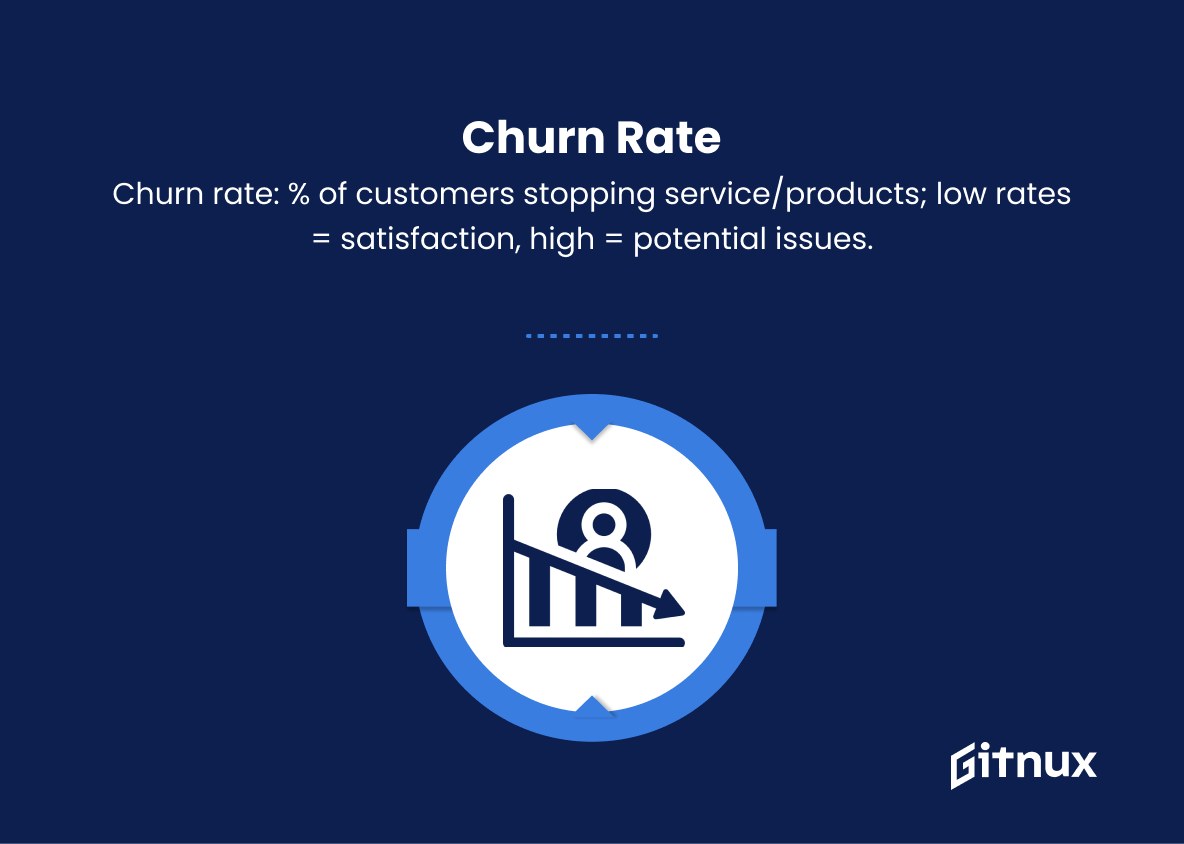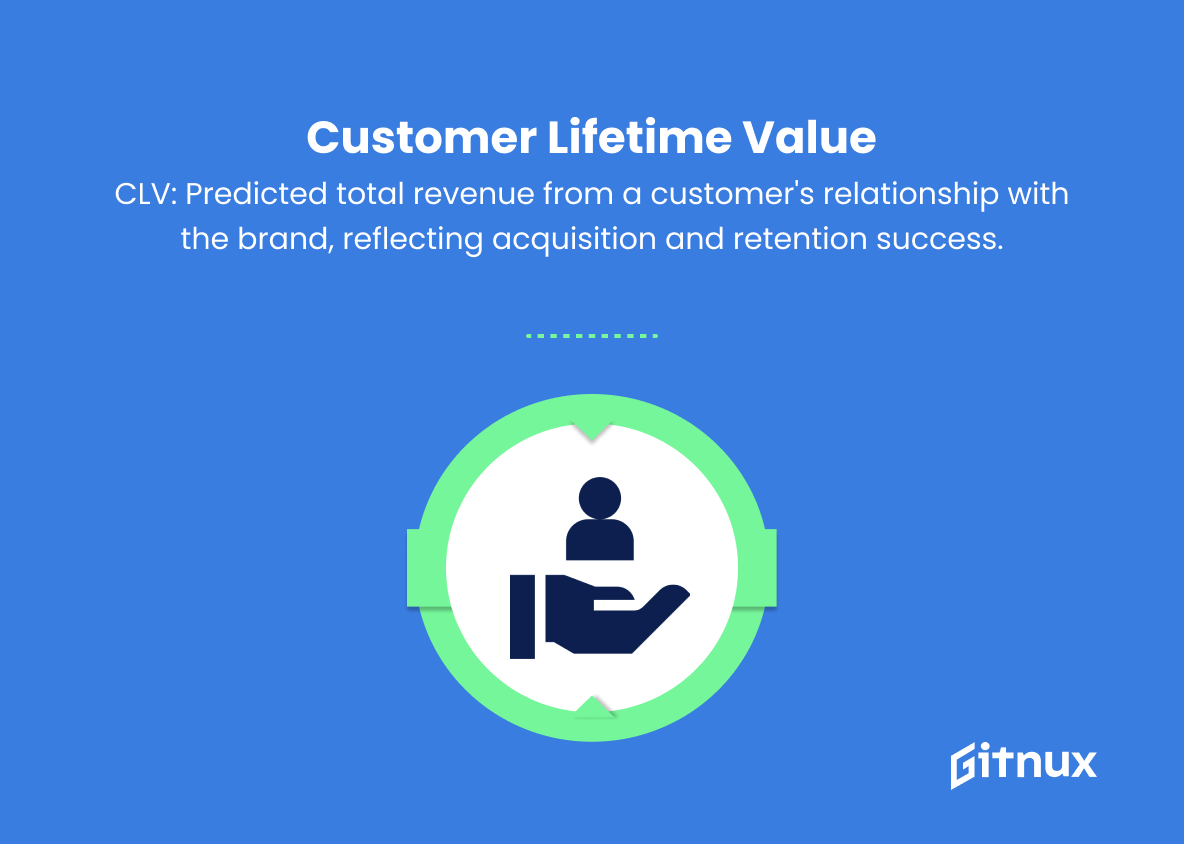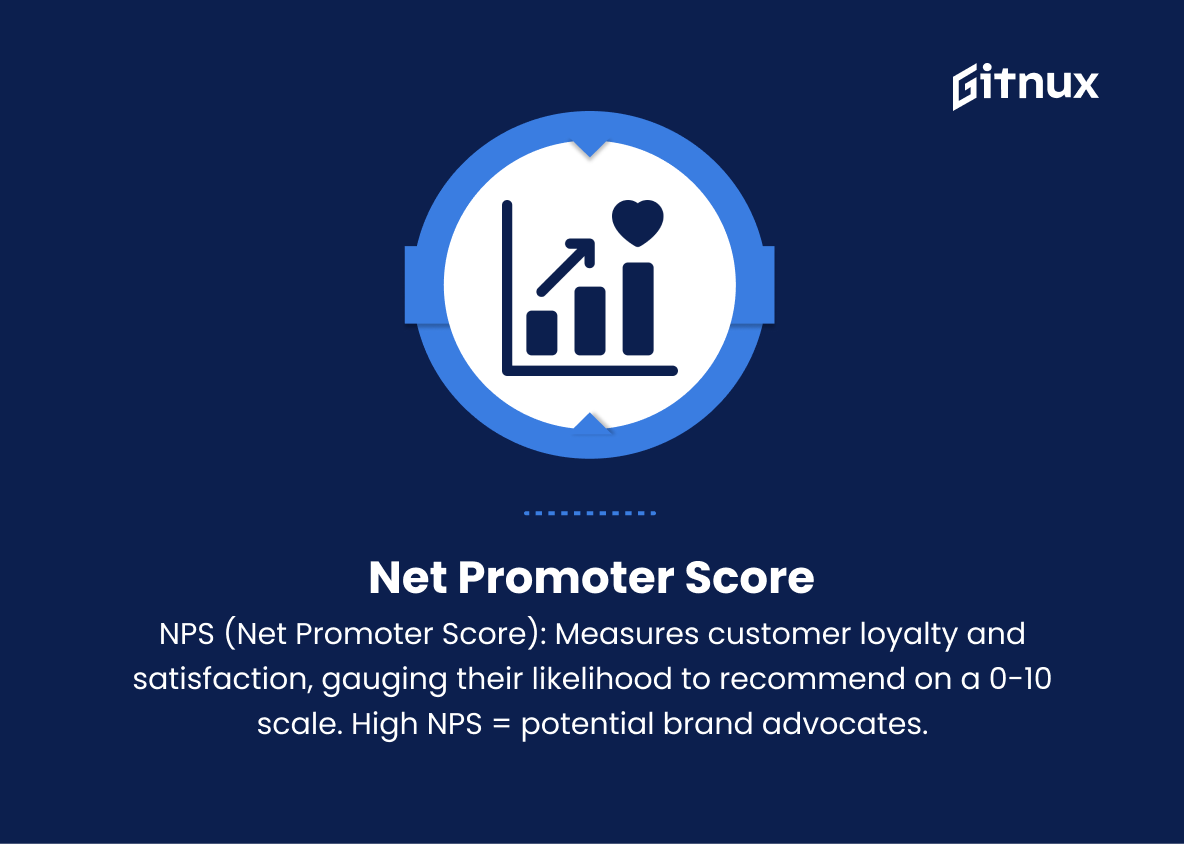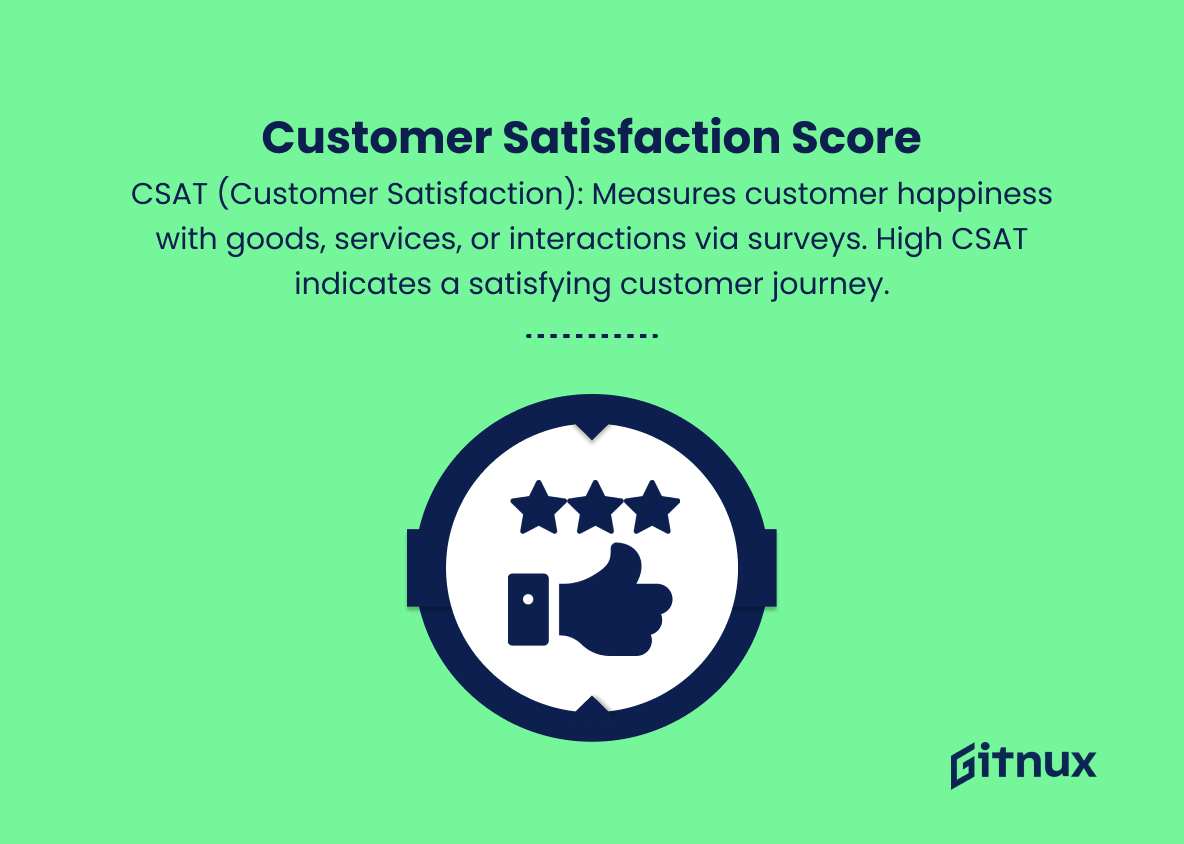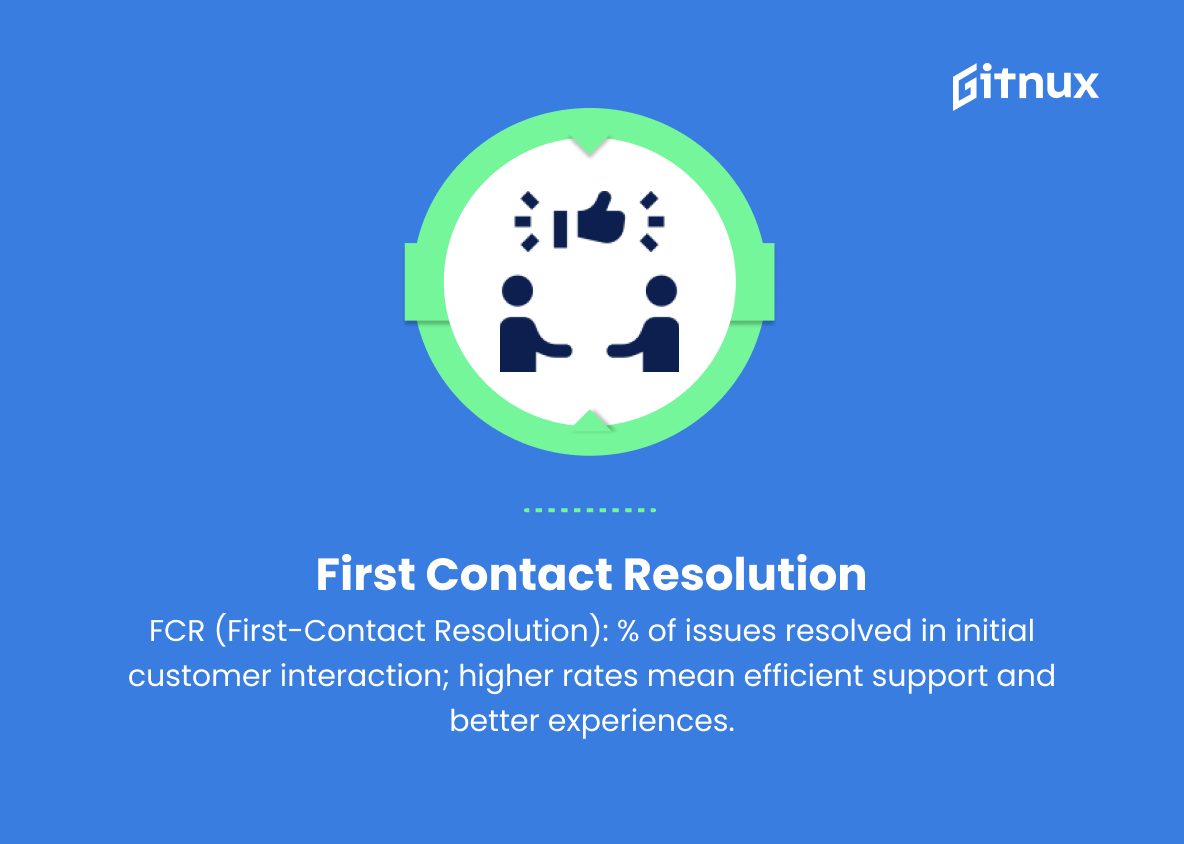In the ever-evolving landscape of business and customer experience, understanding the journey your customers take when interacting with your brand is critical. As companies continue to invest heavily in improving the customer experience, it has become increasingly important to identify key performance indicators (KPIs) that can effectively measure the success of these efforts.
In this comprehensive blog post, we will explore the importance of customer journey KPIs and the various aspects that contribute to the overall customer experience – from the first touchpoint to post-purchase engagement. By understanding the right metrics to track, companies can not only improve relationships with their customers, but also achieve unparalleled success in today’s competitive marketplace.
Customer Journey KPIs You Should Know
1. Customer Acquisition Cost (CAC)
The cost of acquiring a new customer, calculated by dividing marketing and sales expenses by the number of new customers acquired during a specific time period. It helps to gauge the effectiveness of marketing strategies and the return on investment.
2. Conversion Rate
The percentage of website visitors, app users, or potential customers who take a desired action, such as purchasing a product, signing up for a newsletter, or filling out a contact form. This KPI helps to measure the effectiveness of marketing efforts and user experience.
3. Customer Retention Rate
The percentage of customers who remain loyal and continue to make purchases or engage with a brand over a given period. A higher retention rate indicates that the business is successful in maintaining strong customer relationships.
In the ever-evolving landscape of business and customer experience, understanding the journey your customers embark upon when interacting with your brand is crucial.4. Churn Rate
The percentage of customers who discontinue a service or stop buying products during a specific time period. Lower churn rates indicate better customer satisfaction, while high rates signal potential issues with the product or service.
5. Average Order Value (AOV)
The average amount a customer spends per transaction. The higher the AOV, the more sales revenue is generated by each customer interaction. Companies can use incentives, such as discounts or free shipping, to encourage customers to spend more.
6. Customer Lifetime Value (CLV)
The total revenue a business can predictably generate from a customer during their entire relationship with the brand, factoring in frequency and average order value, among other factors. High CLV indicates successful acquisition and retention strategies.
7. Net Promoter Score (NPS)
A measure of customer loyalty and satisfaction, calculated by asking customers how likely they are to recommend the company to others on a scale of 0-10. A high NPS means that customers are more likely to be brand advocates, positively influencing others to try the business.
8. Customer Satisfaction Score (CSAT)
A measure of how happy customers are with a company’s goods, services, or interactions. It is typically collected through customer feedback surveys that ask the user to rate their experience on a scale from very unsatisfied to very satisfied. High CSAT scores are an indicator of a satisfying customer journey.
9. First Contact Resolution (FCR)
The percentage of customer service queries or issues resolved during the first interaction with a customer support representative. Higher FCR rates point to efficient and effective support teams providing good customer experiences.
Customer Journey KPIs are vital in understanding and optimizing the overall customer experience.10. Abandoned Cart Rate
The percentage of website shoppers who add items to their cart but leave without completing a purchase. This KPI sheds light on potential conversion roadblocks in the purchasing process and can help identify areas for improvement.
11. Time on Website or App
The average duration a user spends browsing a website or using an app in a single session. This engagement metric can indicate the level of interest users have in the platform and the quality of the user experience.
Customer Journey KPIs Explained
Customer Journey KPIs are critical to understanding and optimizing the overall customer experience. Customer Acquisition Cost (CAC) measures the efficiency of marketing strategies, while Conversion Rate evaluates the success of marketing efforts and user experience. Customer Retention Rate and Churn Rate assess the strength of customer relationships and satisfaction, while Average Order Value (AOV) and Customer Lifetime Value (CLV) measure the revenue potential of each customer interaction.
Net Promoter Score (NPS) and Customer Satisfaction Score (CSAT) are key indicators of customer loyalty and satisfaction. First Contact Resolution (FCR) reflects the effectiveness of support teams in resolving customer issues, while Abandoned Cart Rate provides insight into barriers to purchase. Finally, Time on Website or App measures user engagement and overall platform experience, allowing companies to consistently evaluate and improve the customer journey.
Conclusion
In summary, understanding and effectively monitoring customer journey KPIs can make a significant difference in a company’s long-term success and customer retention. By focusing on key performance indicators such as conversion rates, customer satisfaction, journey completion rates, and interaction points, companies can gain valuable insight into their customers’ experiences, preferences, and pain points.
With this knowledge, companies can optimize their customer journeys, improve relationships, and ultimately increase their bottom line. As competition increases and customer expectations rise, investing in intelligent analysis of customer journey KPIs is more important than ever. By remaining proactive and adaptable, companies can ensure a memorable customer experience that builds loyalty and drives success.

